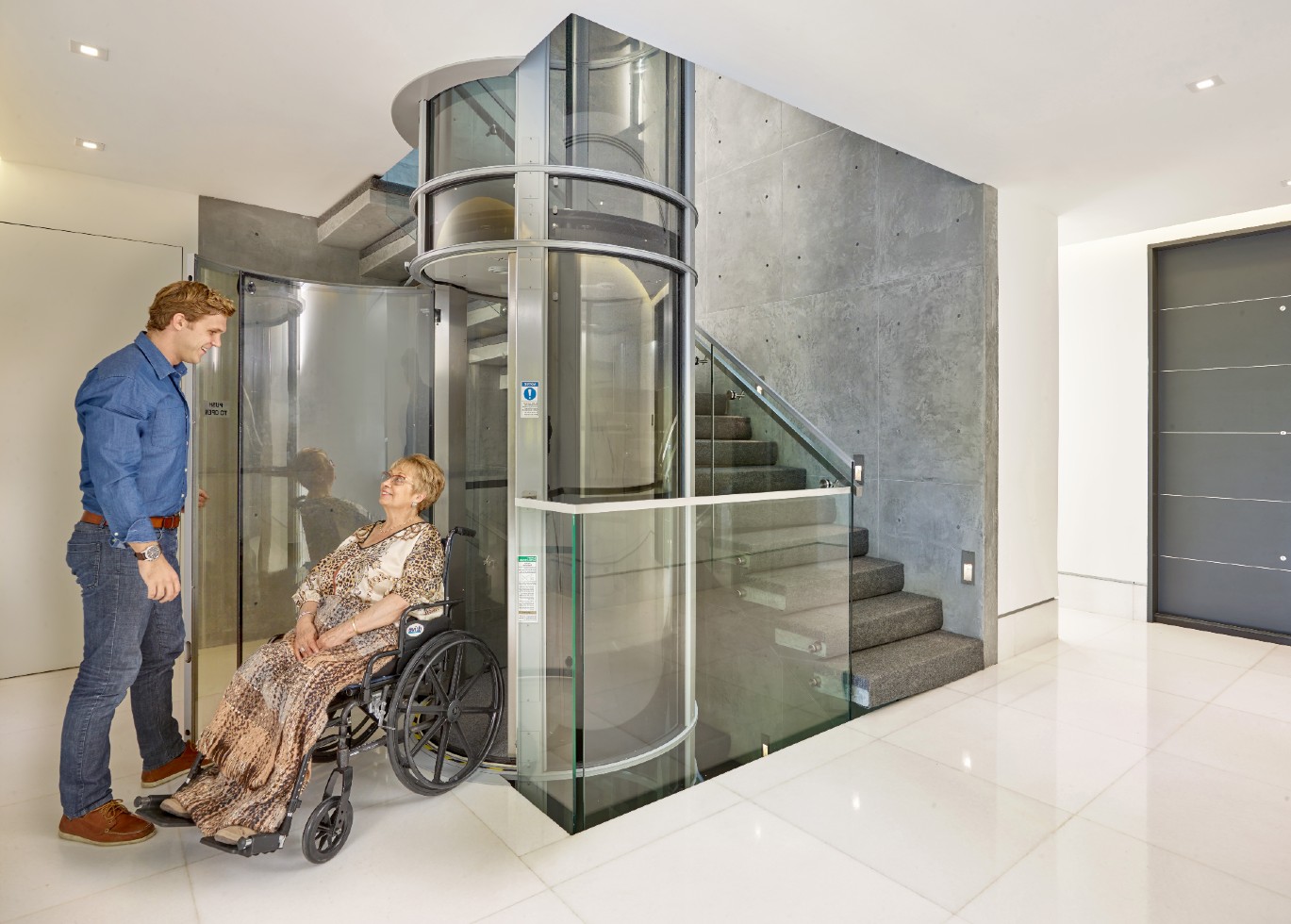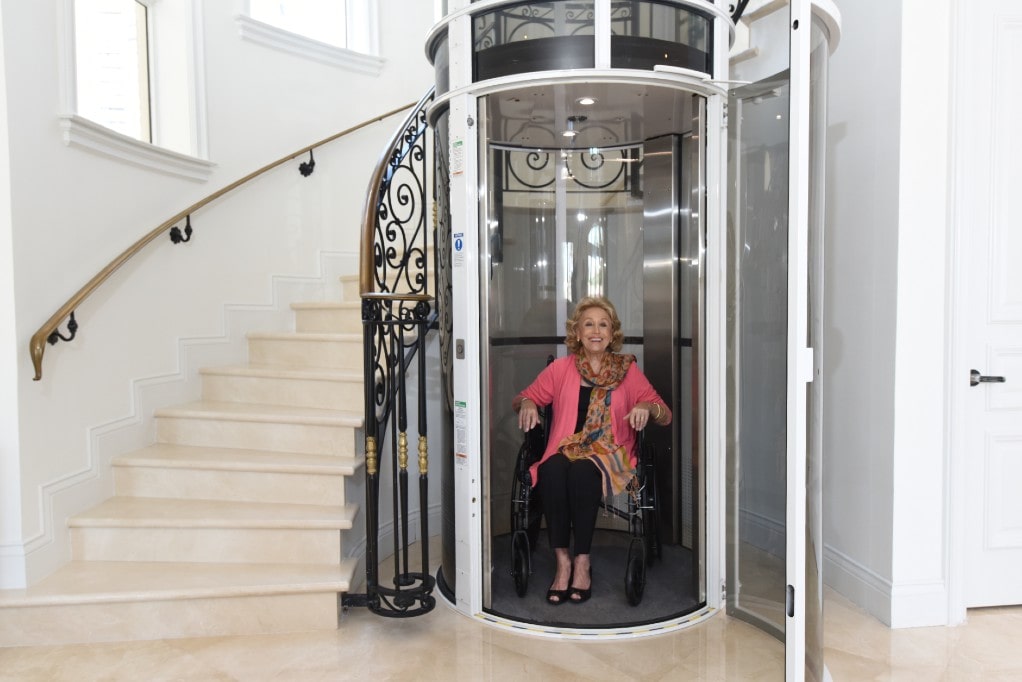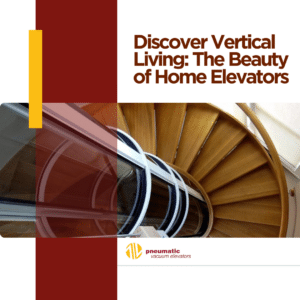In today’s ever-evolving world of residential architecture and home improvement, the concept of a residential garage lift has gained significant traction. Homeowners are increasingly looking for innovative solutions to maximize space utilization while enhancing convenience. This article delves into the practicality, benefits, and considerations associated with integrating residential home elevators into garage spaces.
Convenience Redefined: Elevating Home Life with Garage Lifts
The hustle and bustle of modern life often leave homeowners yearning for seamless solutions that streamline daily routines. A residential garage lift emerges as a game-changer. It offers unparalleled convenience in maneuvering vehicles and storage items within limited space constraints. Imagine effortlessly elevating your car to create additional room for recreational equipment, tools, or even a home gym. With a residential garage lift, this vision becomes a tangible reality, revolutionizing the way we interact with our living spaces.
Enhancing Accessibility and Mobility
One of the primary advantages of incorporating a residential home elevator in the garage is the enhanced accessibility it provides. For individuals with mobility challenges or disabilities, traditional garage layouts can pose significant hurdles. However, with a thoughtfully installed lift system, accessibility barriers are dismantled, fostering inclusivity within the household. Whether it’s effortlessly accessing multiple levels of the home or facilitating seamless entry and exit for all family members, the residential garage lift promotes independence and freedom of movement.
Safety Considerations: Prioritizing Peace of Mind
When contemplating the installation of a residential garage lift, safety considerations take center stage. Homeowners rightfully prioritize the well-being of their loved ones and property. Fortunately, reputable manufacturers of residential home elevators adhere to stringent safety standards. They incorporate advanced features such as emergency braking systems, anti-pinch technology, and robust structural designs. By investing in a high-quality lift system and adhering to recommended maintenance protocols, homeowners can enjoy peace of mind knowing that safety remains paramount.
Maximizing Space Utilization: A Practical Approach
Space optimization is a perennial challenge faced by homeowners, especially in urban environments where real estate comes at a premium. The integration of a residential garage lift presents a practical solution to this dilemma. It enables vertical storage solutions that capitalize on underutilized overhead space. From seasonal decorations to bulky household items, the lift system facilitates efficient organization without compromising accessibility. By harnessing the vertical dimension of the garage, homeowners unlock a myriad of storage possibilities, decluttering living spaces and enhancing overall functionality.
Financial Considerations: Assessing the Investment
While the benefits of a residential garage lift are undeniable, it’s essential to conduct a thorough cost-benefit analysis before making a purchasing decision. Factors such as initial installation costs, ongoing maintenance expenses, and potential resale value implications should be carefully weighed against the anticipated benefits. Additionally, homeowners may explore financing options or tax incentives aimed at promoting accessibility and home improvement initiatives. By taking a holistic approach to financial planning, individuals can make informed choices that align with their budgetary constraints and long-term objectives.
Environmental Impact: Embracing Sustainability
In an era marked by heightened environmental consciousness, sustainable living practices permeate various facets of residential design and construction. The integration of a residential garage lift aligns with this ethos, offering an eco-friendly alternative to traditional vehicle storage solutions. By reducing the need for sprawling garage footprints and minimizing land disturbance, lift systems contribute to conservation efforts and promote efficient land use. Furthermore, advancements in energy-efficient technologies ensure that operational costs remain environmentally sustainable, minimizing carbon footprints while maximizing utility.
Future Trends and Innovations
As technological advancements continue to reshape the landscape of residential architecture, the future of garage lift systems appears promising. Innovations such as automated parking solutions, smart home integration, and modular designs are poised to revolutionize the way we interact with our garage spaces. Moreover, ongoing research and development efforts seek to enhance safety features, improve energy efficiency, and expand customization options to cater to diverse homeowner preferences. By staying abreast of emerging trends, homeowners can future-proof their investments and embrace cutting-edge solutions that enhance quality of life.
In a nutshell the integration of a residential garage lift represents a paradigm shift in modern home design, offering unparalleled convenience, accessibility, and space optimization. By prioritizing safety, conducting thorough financial assessments, and embracing sustainability, homeowners can unlock the full potential of their garage spaces while enhancing overall quality of life. As technology continues to evolve, the future of residential home elevators in garages holds boundless possibilities, ushering in a new era of innovation and convenience for homeowners worldwide.
Frequently Asked Questions (FAQs)
1. Are residential garage lifts suitable for all types of vehicles?
Residential garage lifts are designed to accommodate various types of vehicles, including sedans, SUVs, trucks, and even motorcycles. However, it’s essential to verify the weight and size capacity of the lift system to ensure compatibility with your specific vehicle(s).
2. How much space is required to install a residential garage lift?
The space requirements for installing a residential garage lift vary depending on the type and design of the lift system. Generally, lift systems require sufficient overhead clearance to accommodate the raised vehicle(s) and a sturdy foundation to support the weight. Consulting with a professional installer can provide accurate measurements and recommendations tailored to your garage space.
3. Are residential garage lifts safe for everyday use?
Yes, reputable manufacturers of residential garage lifts prioritize safety by incorporating advanced features such as emergency braking systems, anti-pinch technology, and structural reinforcements. Additionally, routine maintenance and inspections help ensure the continued safety and reliability of the lift system.
4. Can residential garage lifts be customized to fit specific garage layouts?
Yes, many residential garage lift systems offer customization options to accommodate various garage layouts and homeowner preferences. From compact single-post lifts to larger two-post or four-post configurations, there are versatile solutions available to suit diverse spatial constraints and usage requirements.
5. Are residential garage lifts energy-efficient?
Many modern residential garage lift systems feature energy-efficient designs and components to minimize operational costs and environmental impact. Advanced technologies, such as variable-speed motors and regenerative braking systems, help optimize energy consumption while ensuring smooth and efficient operation.
6. Do residential garage lifts require regular maintenance?
Yes, like any mechanical system, residential garage lifts require regular maintenance to ensure optimal performance and safety. Scheduled inspections, lubrication of moving parts, and adherence to manufacturer-recommended service intervals are essential practices to prolong the lifespan of the lift system and mitigate potential issues.
7. Are there any regulatory requirements or building codes associated with installing a residential garage lift?
Regulatory requirements and building codes may vary depending on your location and the specific characteristics of the lift system. It’s advisable to consult local authorities and professional installers to ensure compliance with relevant regulations and obtain any necessary permits before proceeding with installation.








